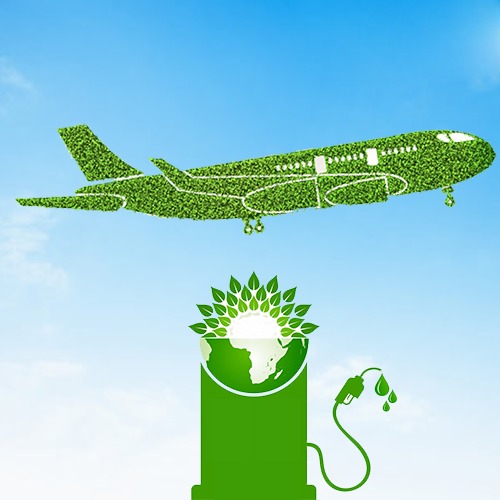New Delhi: In a significant move towards environmental sustainability, flights departing from Singapore will be mandated to use sustainable aviation fuel (SAF) starting in 2026, announced the Civil Aviation Authority of Singapore (CAAS).
According to S&P Global Commodity Insights, the initiative aims to achieve a 1 per cent SAF uplift target by 2026, with plans to increase it to 3-5 per cent by 2030, as disclosed at the Changi Aviation Summit.
Transport Minister Chee Hong Tat emphasised the importance of this mandate, stating that it sends a crucial demand signal to fuel producers and encourages investment in new SAF production facilities.
The decision was made following consultations with key stakeholders, with assurances that the cost impact of the 1 per cent target is manageable.
“We will monitor global developments and the wider availability and adoption of SAF in the next few years, before deciding on the SAF target beyond 2026. In making the decision, we will aim to strike a balance between economic competitiveness and environmental sustainability, to achieve our objective of having sustainable growth,” Chee stated, highlighting the government’s commitment to striking a balance between economic competitiveness and environmental sustainability.
To provide cost certainty to airlines and travellers, Singapore will introduce an SAF levy, which will be determined based on the SAF target and projected SAF price.
The levy in 2026 will be set according to the volume of SAF required to meet the 1 per cent target and the projected SAF price for that year.
Chee explained that the actual achievement of the SAF target will depend on the prevailing SAF price and supply.
If SAF supply increases and prices decrease, Singapore could surpass its set target.
Conversely, if SAF prices rise above projected levels, the country would purchase less than the target amount.
Authorities estimated that meeting the 1 per cent uplift target in 2026 could result in a slight increase in air ticket prices, with economy class passengers flying from Singapore to London expected to pay around SD16 (USD 12) more.
Premium class passengers may incur higher levies.
Further details on the SAF levy will be announced in 2025, with sufficient lead time provided to the industry and travellers before its implementation in 2026.
“Whether we are able to meet, or exceed, our SAF target will be based on how much SAF can be purchased with the SAF levy at the prevailing SAF price. If the supply increases and prices come down, we could go beyond our set target. Conversely, if SAF prices shoot up and exceed projected levels, we would purchase less than our set target,” Chee said.
These initiatives are part of the Singapore Sustainable Air Hub Blueprint launched on February 19, outlining the country’s aviation decarbonisation plans.
The blueprint will be submitted to the International Civil Aviation Organisation as Singapore’s State Action Plan this month.
Under the blueprint, CAAS aims to collaborate with aviation stakeholders to reduce domestic aviation emissions from airport operations by 20 per cent from 2019 levels by 2030 and achieve net-zero domestic and international aviation emissions by 2050.














